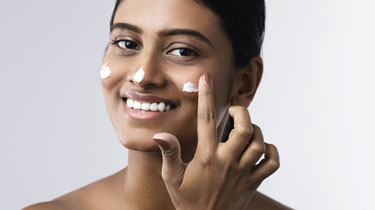You can contact us by submitting an online enquiry through the below form.
Please note that any form box marked with an asterisk (*) is required before the enquiry can be successfully submitted.

Learn about Ego's representatives from around the world to further help enquiries that are country, distributor or sales related.
Learn about Ego's representatives from around the world to further help enquiries that are country, distributor or sales related.

We'd love for you to join our skin care community so we can share the latest news and offers, straight to your inbox.
We'd love for you to join our skin care community so we can share the latest news and offers, straight to your inbox.